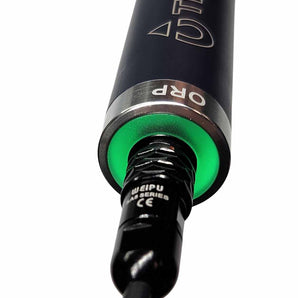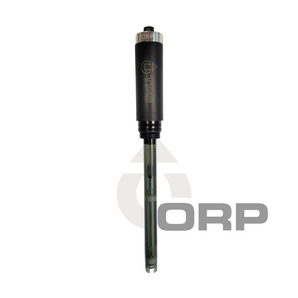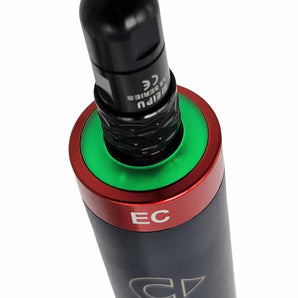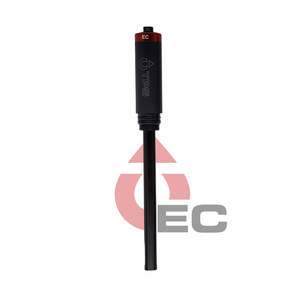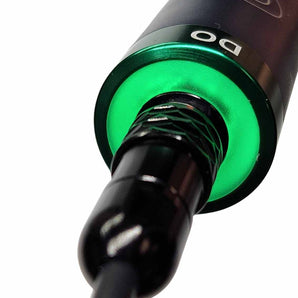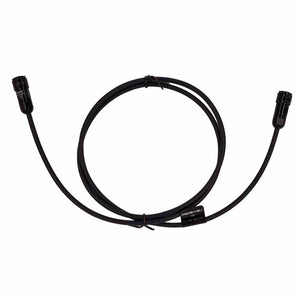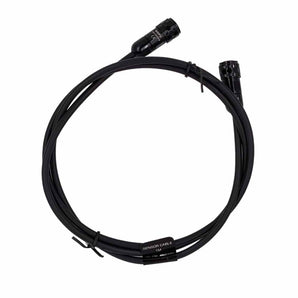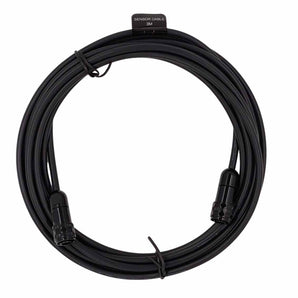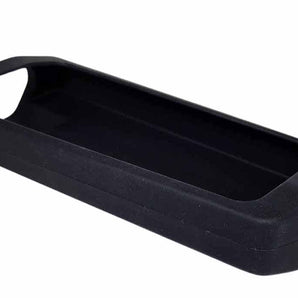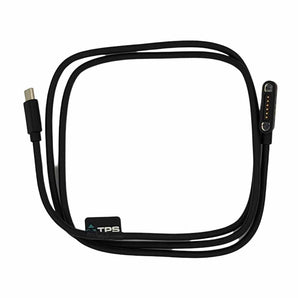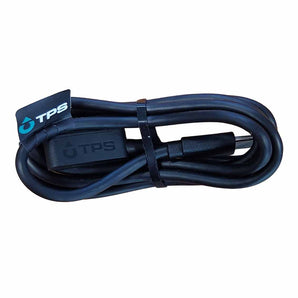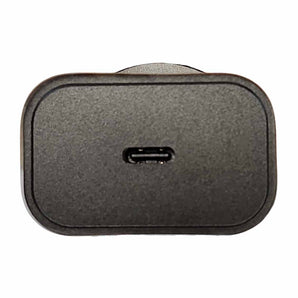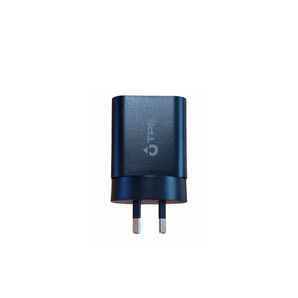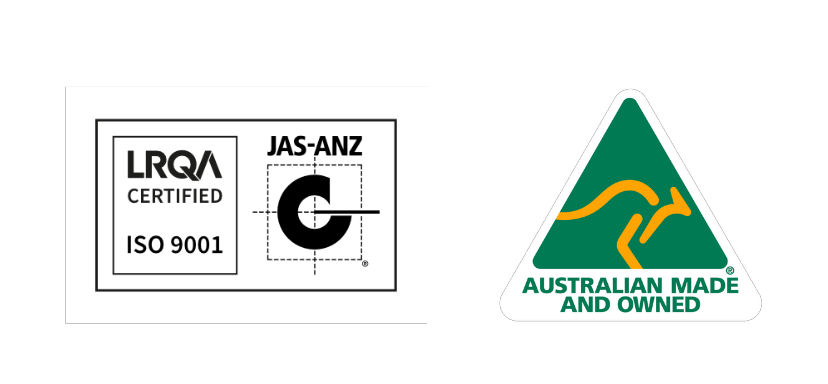1. Instrument Reliability & Calibration Issues
Water quality instruments can be high-maintenance.
They need regular calibration, they drift over time, and some require multiple calibration solutions. hardly ideal when you’re out in the field.
The Solution: Go for gear with automatic temperature compensation and easy single-point calibration.
TPS meters, like the The Ranger series, featuring pH, DO, EC, and ORP probes, make calibration a breeze and keep your readings rock solid for longer.
2. Harsh Field Conditions & Equipment Durability
Water testing rarely happens in comfy, air-conditioned labs.
Extreme temperatures, humidity, mud, and the odd accidental drop on the ground can spell disaster for delicate instruments.
The Solution: You need a tough meter that won’t crack under pressure (or impact).
The Ranger meter is waterproof, dustproof, and built to handle whatever nature throws at it.
3. Difficult Sample Collection & Contamination Risks
Fast-flowing rivers, deep wells, or contaminated sites make sampling a challenge.
And if you’re not careful, cross-contamination can skew your data.
The Solution: Long-cable probes, flow-through cells, and anti-fouling coatings on sensors keep your readings clean and accurate.
TPS portable probes are designed to work with multiple sampling techniques, so you get reliable results every time.
4. Battery Life & Power Supply Issues
Nothing kills a productive day in the field like a dead battery.
Some meters have non-replaceable or proprietary batteries that leave you stranded when they run out.
The Solution: Go for a device with long battery life and fast-charge capabilities.
TPS meters, such as The Ranger, feature a strong battery life and easy charging options to keep you running all day.
5. Data Logging & Reporting Challenges
Manually recording readings is time-consuming and prone to errors.
Some devices don’t have seamless data transfer options (e.g., Bluetooth or USB export), requiring extra steps for analysis.
The Solution: Meters with built-in data logging, USB/Bluetooth transfer, and seamless software integration are the way to go.
Instruments with one-click data logging, make data collection and reporting a breeze.

6. Interference & Inconsistent Readings
Metal ions, temperature swings, and electrical noise can mess with your readings.
DO sensors also need altitude and salinity adjustments, adding to the hassle.
The Solution: Choose sensors with high-quality reference electrodes to ensure stable, interference-free results.
7. Limited Access to Remote or Hazardous Locations
Some testing sites aren’t exactly easy to get to - think mine tailings, wastewater treatment plants, or deep wells.
Lugging a variety of heavy equipment around is the last thing you want to do.
The Solution: Lightweight, portable meters like the TPS Ranger cut down on the bulk, and are small enough to fit in a bucket
for transport around the site.
8. High Cost of Equipment & Maintenance
Premium-quality meters don’t come cheap, and ongoing maintenance can add up quickly.
Frequent sensor replacements only make things worse.
The Solution: Invest in rugged meters with long-lasting, replaceable parts to keep costs down.
TPS designs its instruments with repairability and longevity in mind.
Our replaceable electrodes and long-life sensors save you money in the long run.
9. Lack of Training & User-Friendly Interfaces
Some meters feel like they require an engineering degree just to turn on.
Confusing menus, convoluted apps, and tricky calibration procedures can lead to mistakes, especially for new users.
The Solution: Look for intuitive, user-friendly meters that make life easy.
TPS meters feature simple navigation systems, clear displays, and on-screen prompts to guide users through every step.
10. Regulatory Compliance & Documentation Burden
Strict environmental regulations mean your data needs to be spot-on, well-documented, and formatted correctly or risk compliance headaches.
The Solution: Meters with easy data capture, high accuracy levels, and easy data export functions make logging a breeze.
Water monitoring comes with its fair share of challenges, but the right tools can make all the difference. TPS offers a range of rugged, accurate, and user-friendly water quality meters to help you tackle any challenge with confidence.
Read more articles
Browse our latest news and articles below.
Why is my pH Reading Slow to Stabilise? 10 Common Causes and How to Fix Them
Slow or unstable pH readings? Explore key causes like hydration, fouling, low ionic strength, temperature effects and more, with practical...
Which k-Value Should I Choose for my Conductivity Sensor?
K-Values can be confusing. Learn how to choose the best conductivity (EC) sensor k-Value for your water quality sample type...
TPS Teams Up with UniSC to Elevate Water Quality Research
At TPS, we’re always looking for ways to push the boundaries of water quality monitoring, so we’re excited to share...
Get All The Updates
Subscribe to our newsletter to receive monthly updates on all things TPS and the water industry.

